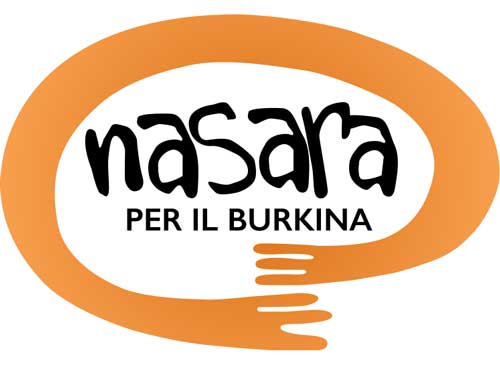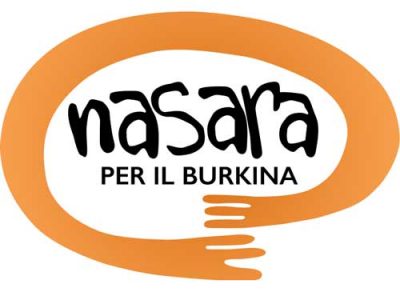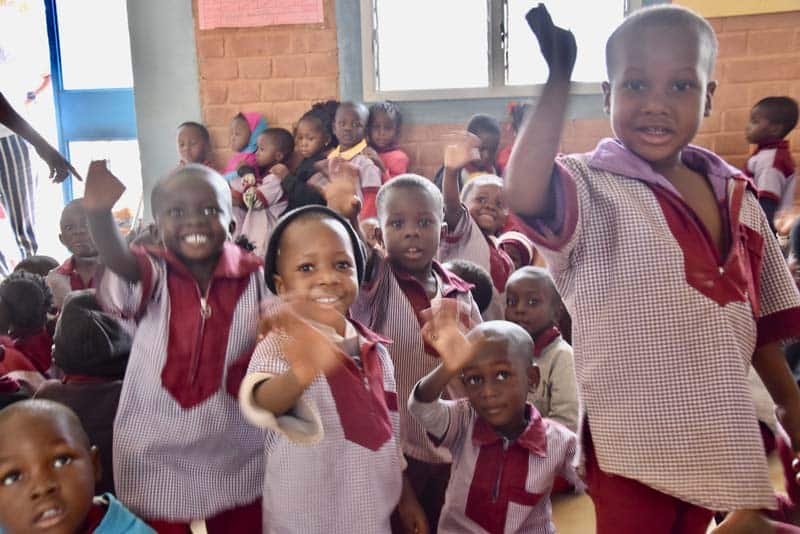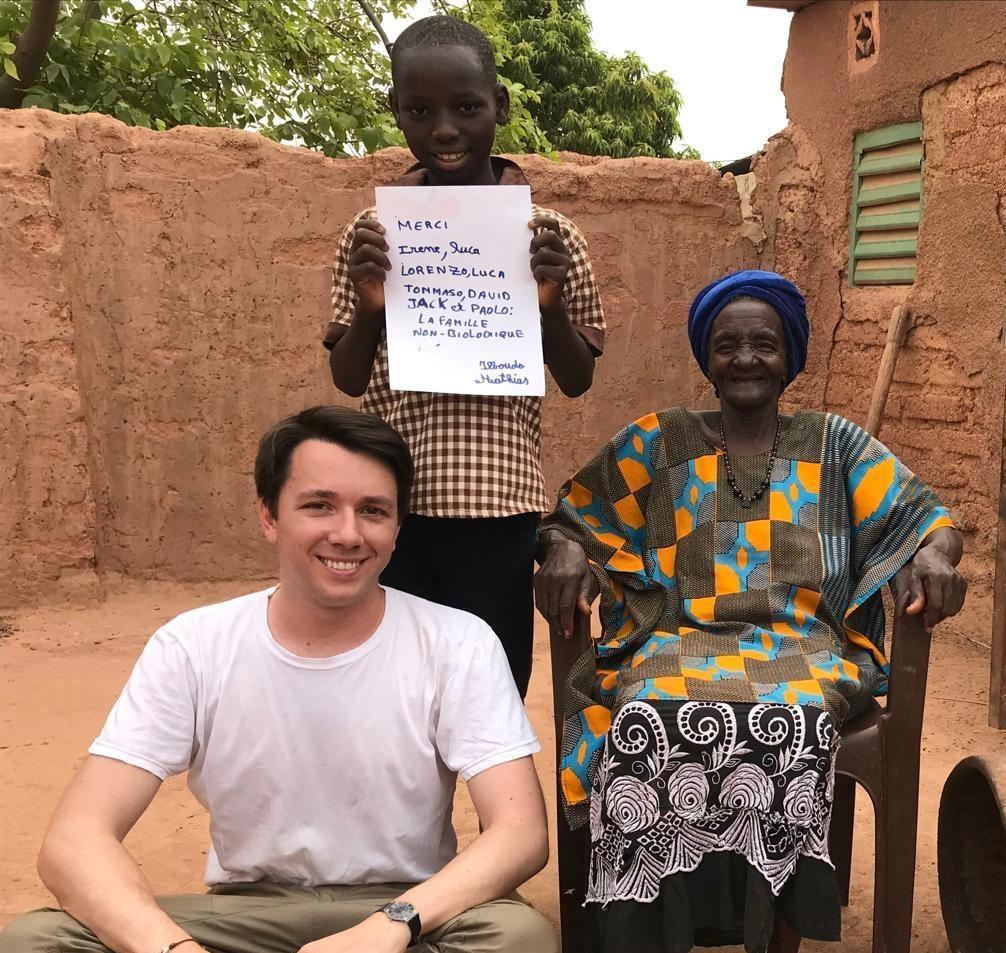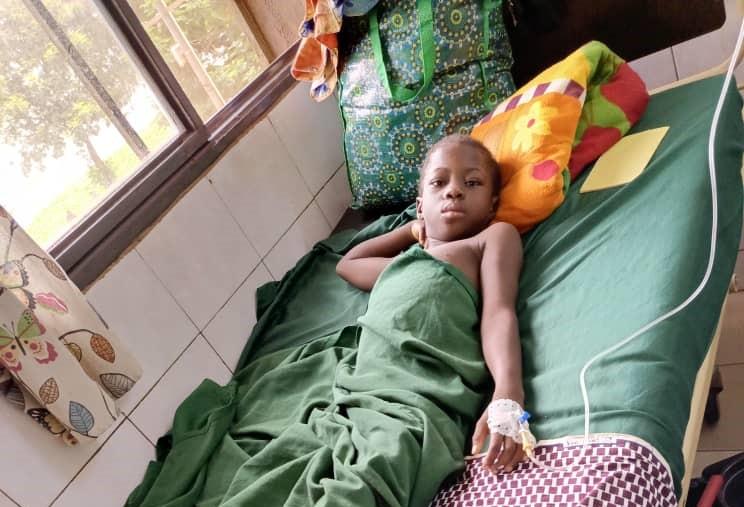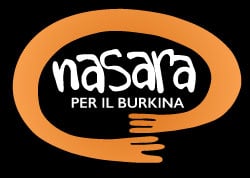Current status of the project
To date, here are the figures for the Djicofè Social Centre:
- 200 children attend our kindergarten; 35% belong to socially disadvantaged families
- 433 children attend our primary school; 30% belong to socially disadvantaged families
- 23 children out of our primary school and belonging to disadvantaged families attend secondary schools in the district thanks to our association, which takes care of the school fees
- Around 220 people eat hot meals prepared by our nursery school kitchen every day
- Approximately 140 primary school students eat hot meals every day prepared by the canteen we have given to a women’s association
- 20 employees regularly employed by the centre including teachers, caretakers, cook and helper, gardener
- 140 women benefiting from the micro-credit; the working capital is over 15,000€ and there are no problems with loan repayments
- 30 participants in adult literacy courses in French
- 1,500 drums of drinking water distributed daily to the population
- 20 women who earn money every day by trading our products (water, ice, garden produce, …)
- Dozens of workers carry out new constructions every year
- 70-100 young people using the study room on average each evening
- 20-30 children attending the library every day
- 40 teenagers participate in dance and music courses
- 50 boys attend our football camp divided into three teams: adult, middle, youth
- more than 40 handicapped children benefit from the two physiotherapy centres the association supports, including one at the Djicofè social centre
- over 200 ozone therapy sessions administered in our infirmary at the Djicofè social centre
Context of reference
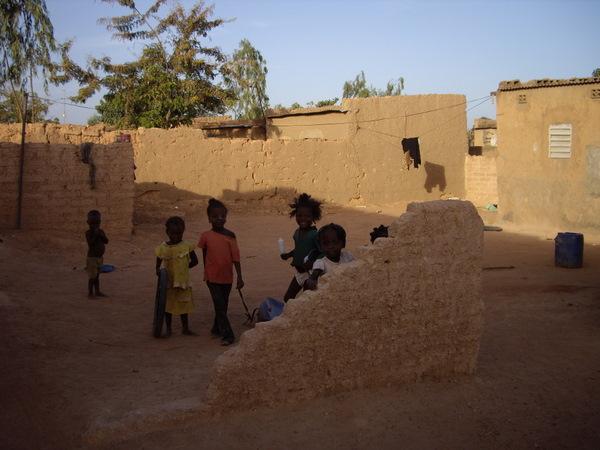
African cities are growing and multiplying at an impressive rate, and the phenomenon of unbridled urbanisation is set to intensify in the coming decades with resounding effects.
Today, Africa is not just countryside and villages of huts lost in the wilderness. Today, Africa is also, and above all, a galaxy of cities that are relentlessly expanding. Just look at a satellite photo of the continent taken recently and compare it with one taken twenty years ago. Where there used to be grasslands and tiny settlements, today one sees huge expanses of sheet metal that are the roofs of overcrowded suburbs that are growing at an impressive rate every year.
Urban population growth in Africa is 7% per year, ‘epochal exodus’ numbers.
In Africa by 2030, the urban population will double from the current 375 million to over 760 million. This is predicted by the latest report of the
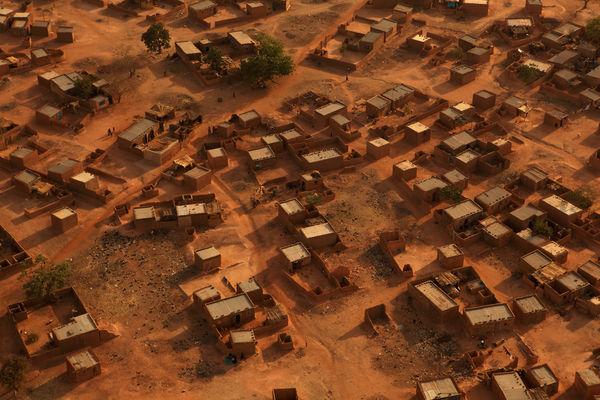
United Nations Human Settlements Programme (Un-Habitat), according to which within twenty years 60% of the continent’s inhabitants will live in cities, compared to 38% today.
As said, it is an epochal exodus, an inescapable process that sees the rural poor pouring into the metropolis driven by drought, wars or the dream of a better life.
In 1950, Egypt’s Alexandria and Cairo were the only places in Africa to exceed one million inhabitants; in 2005 there were 43 that exceeded this threshold, with an average of two and a half million inhabitants; in 2015 – the UN report announces – there will be as many as 53.
A colossal phenomenon of urbanisation that will only end up exacerbating the well-known problems of metropolises: inadequate infrastructure and services, traffic and pollution at unsustainable levels, widespread poverty and crime, a veritable concentration of misery.
Already today, Africa is home to the world’s largest number of people in slums: 236 million, equivalent to 63% of its urban population.
They call them ‘slums’, ‘favelas’, ‘slums’, but whatever the name, they are always poor and degraded neighbourhoods, ‘informal’ settlements without running water, sewers, adequate transport and sanitation systems. Ghettos of mud and metal sheets that are home to two thirds of the current urban population. And which will grow larger and more crowded in the future.
Ouagadougou suburbs
The capital of Burkina Faso is Ouagdougou, and like many other African cities it is under the pressure of wild urbanisation that cannot be effectively managed by the local government.
The population is growing at about 10% per year and currently exceeds 2,000,000 inhabitants.
It is divided into five districts that are rapidly merging with the small towns that used to be detached from the capital.
Our association has been working in Burkina Faso for years and it is in the largest and most dangerous ‘slum’ of this country, the gigantic and sprawling outskirts of the capital Ouagadougou, that we decided to go to work in order to be closer to the problems of the people.
The neighbourhood where we have decided to start our work is called Djicofè (in dialect ‘beyond the barrage’), i.e. a very specific area of the enormous suburbs that extends beyond the urbanised city, where there is no subdivision and where around 65,000 people live amidst many difficulties in conditions of extreme poverty, deprived of basic services such as roads, water, electricity, lighting, sewage, …
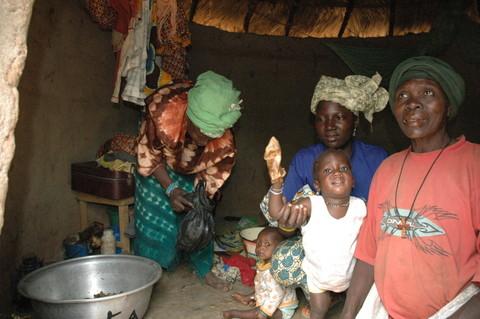
Objectives
We aim to become actively involved in the life of the neighbourhood and to bring help to the social contexts most in need of intervention.
The intention is to develop a series of interventions ranging from the running of a kindergarten, to the management of recreational and social activities, and finally activities for social development and assistance to the handicapped.
Intervention strategy
Our intervention includes investments over several years in order to manage together with people from the neighbourhood a social centre open to all people in need, but especially children in our activities local labour is used for the new buildings, only people from the neighbourhood are used in the management, as far as possible locally purchased material is used and not imported.
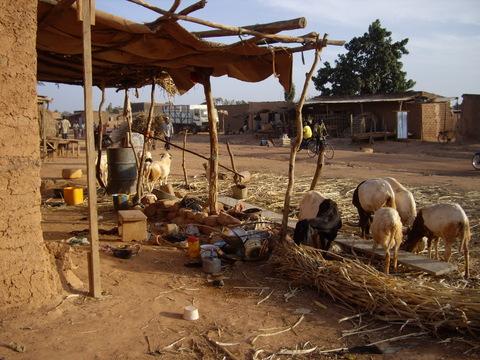
Below are the significant milestones of our journey divided by years:
- 2013Polylang
placeholder do not modify
- 2014Polylang
placeholder do not modify
- 2015Polylang
placeholder do not modify
- 2016Polylang
placeholder do not modify
- 2017Polylang
placeholder do not modify
- 2019Polylang
placeholder do not modify
- 2021Polylang
placeholder do not modify
- 2022Polylang
placeholder do not modify
